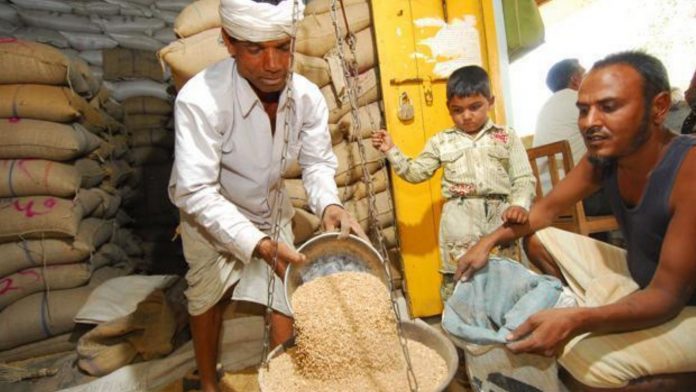India’s programs and public policy interventions for the development of different sectors has been commendable in the 21st century. India is a developing nation and has implemented the strategies of growth in different arising social development sectors to enhance its economic status and thereby improving the quality and standard of living of its citizens. The 21st century has seen the development of the country and community which has always been the major objective of the government. The ‘development’ was certainly impossible without the proper service public delivery of different schemes and programs and governance. The design and implementation of these programs and policies though has seen various drawbacks.
Regardless of a plenty of public delivery mechanisms, most governments are progressively seen as passive, with no accountability systems and doing little about transparency. It is at this point an acknowledged certainty that conventional government constructions and systems are not at this point satisfactory to satisfy the needs of rising citizens goals and difficulties of complex worldwide economies. The job of the government set up and acknowledged before as the ‘Only Provider’ is being addressed at each public platform. The accessibility of continually improving technological arrangements combined with innovative administrative instruments have offered ascend to degree and alternatives for improved regulatory constructions, productive and powerful open help public delivery systems and the best of governance. The E-Governance platform provided by the government is the best for providing services to the citizens and associated with carrying out the functions and achieving the results of governance through the utilization of ICT (Information and Communications Technology).
India’s interests in and admittance to ICTs, capacity working to use e-governance benefits, and advancing individuals’ cooperation in edemocracy. It is trusted that improved interventions to data and administrations will give financial and social advancement, encourage support and correspondence in arrangement and dynamic process. To address the issues related to public delivery of services in Gujarat, the state government has launched initiatives to tackle and improve the delivery of services to its citizens. SWAGAT (State-Wide Attention on Public Grievances by Application of Technology) which was launched in 2003 and after its inception applicants from across the state submit their long-standing grievances online from the district headquarters to the Chief Minister‘s Office. The Chief Minister on the same day directly interacts with the applicants and the district administration through video conference and attempts to resolve the grievances on the spot. Since the inception of the initiative in October–November 2003 up to December 2004, out of a total of 8621 long-pending complaints, 7660 were resolved. From January 2005 to December 2006, the initiative received 10,911 complaints/applications of which 10,109 were disposed of on the spot. This is an initiative which is entirely based on GPR.
Another initiative by the government of Gujarat is Jan Sewa Kendra and these are citizen facilitation centres spread over all the 25 district headquarters of the state as well as all the 225 taluka headquarters. They are run by the revenue administration headed by the collector and district magistrate in each district. The 75 services provided by the Jan Sewa Kendras are also standardised and the focus here is on the citizen‘s charters. The services in the citizen‘s charters are categorised into two categories depending on the time for disposal. These are the one-day governance services‘ (which are services delivered within one hour on the same day as the application) and time limit disposal‘ of services in which the services are public delivered as per the commitment of time made under the citizen‘s charters. Processes have been reengineered to ensure that time limits are maintained.
There is complete transparency in the provision of services as the citizens are kept informed of the whole system of processing of applications. The one-day governance services are functional in all the Jan Sewa Kendras. The entire 75 services or the citizen‘s charter online is also successfully running in all the 25 districts, based on the successful pilot model of Ahmedabad District. This model has been replicated in all the districts with standardised processes, logo, signage, etc for all the Jan Sewa Kendras. The Ahmedabad district alone processed over 90,000 applications in the year of initiation (2004) of its Jan Sewa Kendra. In 2005– 2006, 5.1 lakh applications were processed in the various JSKs of the state. The initiatives taken by the government of Gujarat have seen incredible
In spite of the fact that there are various normal patterns, just as various basic difficulties looked by public service delivery around India. Notwithstanding, these issues will vary depending on the different regions of the country. Administrators also need to provide a value-for-money solution, redefining the role of the public sector in society, leveraging private sector best practices and expertise and using technology as a key enabler of change.
References:


